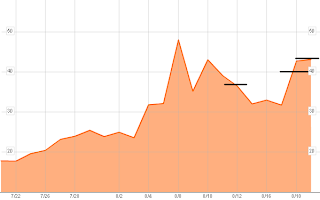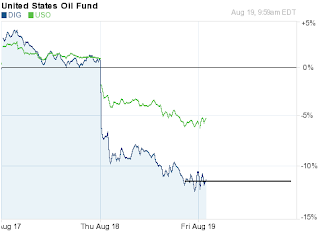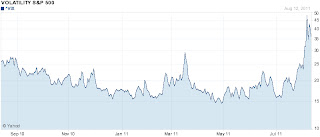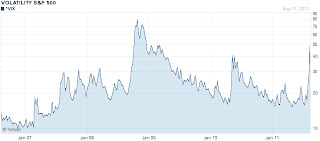There is no luck or magic to fishing, I often fish with my father and when we are fishing in salt water he will always without exception catch more fish than me. In freshwater its the other way around, I will always without fail catch more than my father even though we are sat in the same boat. The reason is simply that we have a different approach. In salt water my father baits up to target specific species based on the type of ground we are anchored over, the time of year, the depth of water, the strength of the tide and possibly a whole list of other factors that I have no knowledge of. In fresh water when we are fishing for trout, I have the upper hand, depending on the sunlight, clouds, wind direction, season, temperature and many other factors I am better able to predict what the trout will be feeding on at what depths and in which parts of the lake.
Before I come to the trader, the best example I can give of the 20/80 rule of successful fisherman is from a holiday I took in Mauritius.
Everyday, tourists and local people would fish the deep water around the rocky outcrops that surround the shallow bays where the islands hotels are built. In the two weeks that I was there I don't think I saw a fellow tourist or even a local fisherman catch a fish larger than a place mat.
An hour or two before sunset, one by one these fishers would carefully pack away their gear ready to try their luck again the next day.
Ten minutes later as the beaches cleared I would be assuring my wife of less than a week that this time I really would be back in time to take her for dinner.
As the sun set and the sky darkened, the shallow waters of the bay would sparkle with the reflection of the hotel lights. I wasn't the only one to appreciate the attraction of this light show, as I walked along the sand, the shallow water would boil with life as thousands upon thousands of small bait fish jumped for their lives to escape my advancing shadow. The water could boil away for hundreds of meters as the commotion spread from fish to fish along the entire length of the bay where the fish had come to shelter from the danger in the darkness, like flocks of birds roosting together for safety.
I would walk the shore looking for the shadow of a tree or a boathouse where I could hide my own shadow while I sat and waited.
As I waited I would scan across the bay searching for movement and most of all listening. Every night the quiet would be shattered by the storm of a million small fish fleeing for their lives. I couldn't believe that night after night I was the only person witnessing this. Every night, within 15 minutes of sunset a shoal of large kingfish would arrive having left their daytime open ocean habitat and entered the shallow water of the reef that surrounds Mauritius. For less than half an hour the kingfish would launch a series of explosive attacks on the shoals of bait fish corralled in the shallow bays. Outside of this magic half an hour spectacle, the kingfish could be anywhere in the wide open ocean far outside the reef that surrounds Mauritius, far outside the range and even the imaginations of the oblivious daytime fishers.
So what does this have to do with trading ?
As I sit and write this I have my trading account open in another screen and just like the ocean, just because the market is there, I don't have to be in it trying my luck. Its not about luck. With the knowledge and the patience of an experienced fisherman I must wait until the conditions are right before entering.
I won't fish with the crowd, the crowd knows the best spots, 'this must be the best spot because theres a crowd' says the crowd to itself.
I will be far from the crowd, in places the crowd doesn't want to be. But when the day comes and the crowd discovers my spot I will be happy to move on selling my catch as I go.
Oil at 87.50, too crowded.
Germany, the DAX index driven down nearly 25% in a mater of days and yet home to some of the worlds most recognisable companies - Porsche, Addidas, BMW, BASF, Allianz, Mercedes (Daimler), Bayer, Merk, Volkswagen, Siemens, Thysenkrupp and mobile phone chip maker Infineon.
That's my kind of spot.
Cautiously buying the DAX, sitting back in the shadows and waiting for the crowd to bite.


























